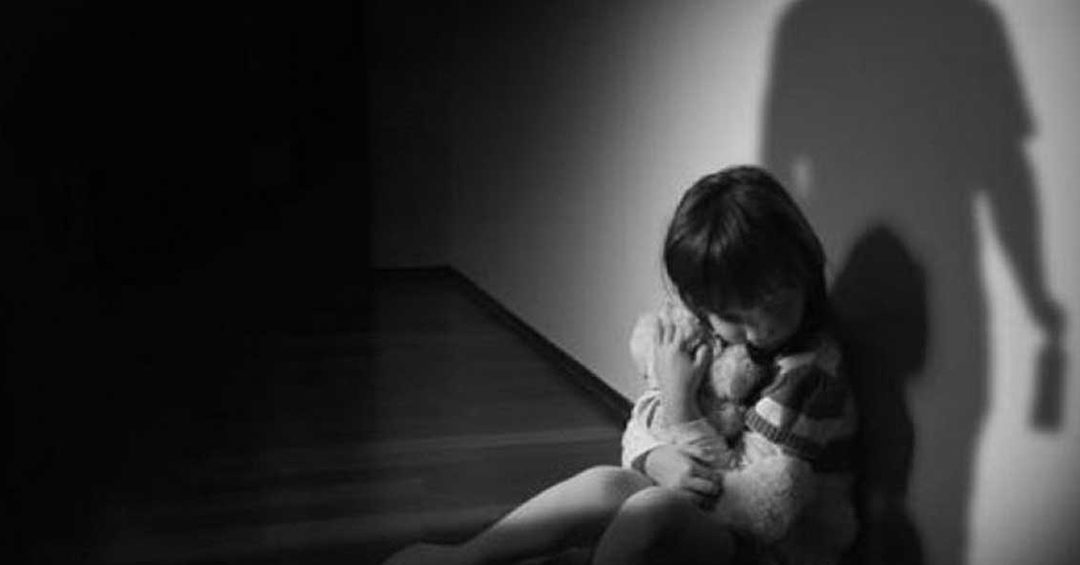Shatabhisha Chatterjee, Consultant Clinical Psychologist with MHF Kolkata, helps parents understand how to address confusing questions on ‘sex and touch’
Sex education and child safety are confusing topics, more for parents than for children, primarily because many of us do not know as to ‘when’ to start it.Parents are bothered by common questions such as: ‘How awkward would it be,’‘When to start,’‘How not to distort things,’‘How do I know what is the right answer, how much to say, what not to’…. And the list goes on.
The essence of understanding of how to teach safe touch and unsafe touch to a child, goes much beyond just the concept of safe and unsafe touch itself, and it is important to have a proper understanding of the broader concept.
Let’s attempt to simplify things
- WHEN TO START: As early as the first words. We start with naming body parts by their true name rather than alternative colloquial short forms. Distortions are born out of our own embarrassment to call private parts by their proper name or name at all. It’s easy to ask a child to name ears, eyes, hands and legs- but as soon as we reach the ‘butt,’ ‘vagina’ or ‘breast’- we tend to get uncomfortable to discuss it with our children.In turn we teach them to be embarrassed about their body. Instead,when we teach a child to think of their private parts without embarrassment, we teach the child to be comfortable and one with own body and not to deny sensations regarding these parts.
- HOW TO ADDRESS AWKWARD QUESTIONS: Every parent faces questions from children that might seem awkward. The best strategy is to keep a straight face and give an age appropriate realistic answer. Its ok to feel awkward, so, do reassure yourself as a parent.For example; “How did I end up in your tummy, mummy?” and so on and so forth. It is not a good idea to go into explicit sexual details or weave a magical story around the stork and the bees. Instead, tell them the story of “the tiny egg cell born with mommy’s tummy which makes friends with the sperm from daddy to form a strong team called embryo or fetus which in turn becomes the baby!” Any further question can easily be met with:“This is a continuing story, so I will be adding a little more detail every year! So, feel free to ask.” Better to get the correct answers from reliable parents than false stories and misconceptions from others.
- HOW NOT TO DISTORT: The answer to this one is linked to the above two. The best means is to equip the child with skills for identifying own safety and learning to say a ‘no’ or seek help when uncomfortable. When as parents,we pass confusing messages because we are unsure, the child learns to hide even issues from‘self.’
Breaking Myths
- People who abuse are criminal types: Usually it is just the opposite. More often than not, perpetrators are child friendly people or are known family friends or relatives, who have easy access to the child’s trust. So better learn to listen and understand when the child shows a sudden change of reaction towards any adult. It is better not to ask a child to submit to authority without evaluating the situation for himself or herself. To empower the child to listen to his /her own instinct of self-preservation and believe in it.
- A child does not have the wisdom to consent: Most adults tend to think that saying a ‘NO’ is a game that children play with adults. We end up ignoring these ‘NO’s. But it turns out that it is better to allow the child to face the consequence of these ‘No’s, so that they learn the power of the word. As parents we need to learn to listen to the child or at least try to understand where the ‘No’ is coming from. When a child refuses to remain alone or even in proximity of a particular adult repeatedly, then we need to listen beyond spoken words. However known the person may be, it is better to value the child’s need for safety, unless any other reason is indicated. The trauma is more when it is a violation of trust along with breach of personal space and safety.
- Only girls are vulnerable: Statistics show otherwise. Boys are equally vulnerable and need to be taken care of and provided with a support system whenever anything seems suspicious. This point is intricately linked with the next myth.
- Boys don’t cry: Safety comes both ways. When we teach boys their macho image, we also deny them to acknowledge their softer emotions such as sadness, fear, empathy! We end up teaching them not to seek help and to shut down emotions in a compensatory aggression. It is a double-edged sword. When the ‘Me too’ movement started on social media, almost all women came forward, to form a global support system… Men missed out even on that, as accepting being a survivor would be taxing to their image? But in the confines of secrecy of therapeutic sessions, the pain and distress expressed, tells a different truth. Instead – teach the boys it is ok to cry, to seek help and to empathize, teach them safety, good touch bad touch, safe and unsafe touch- so they learn to value their own consent and that of their partners.






















